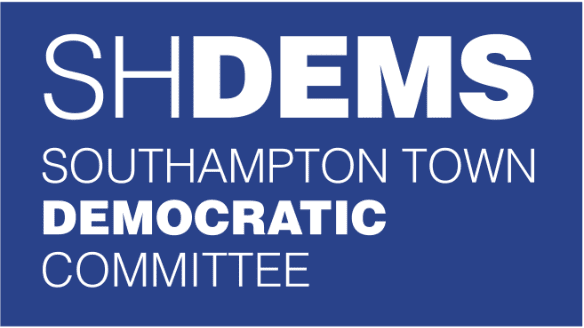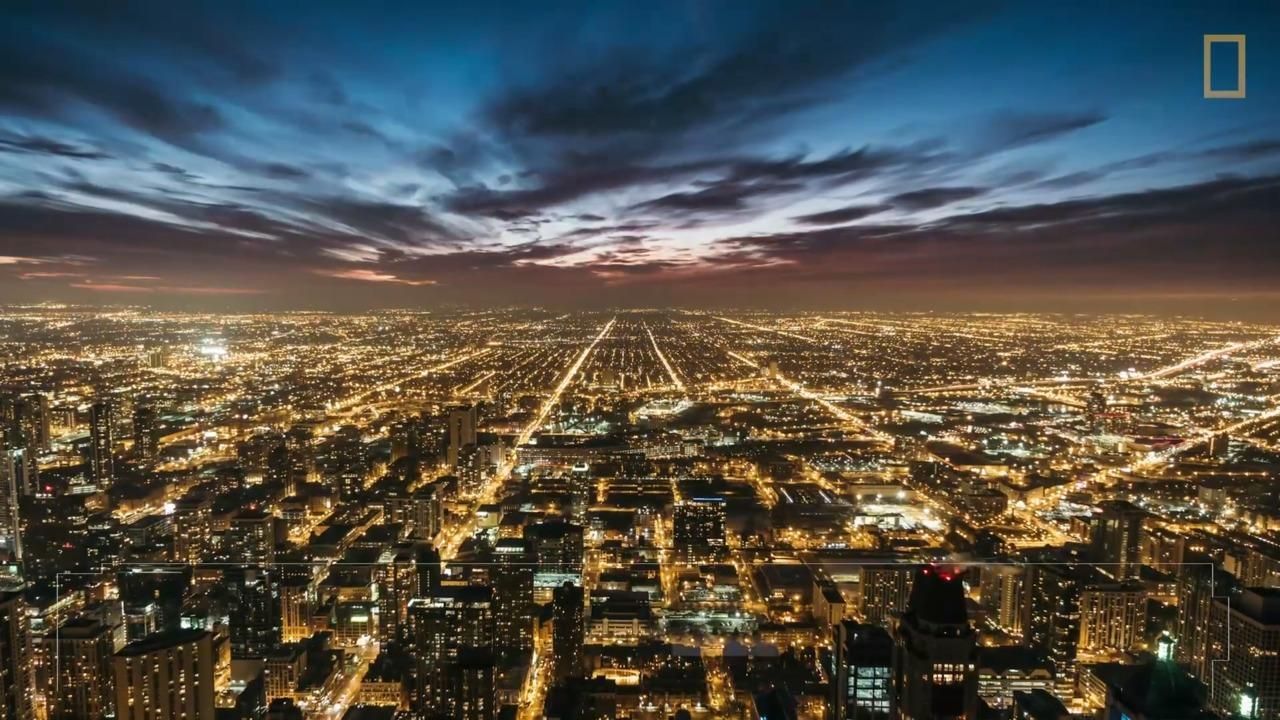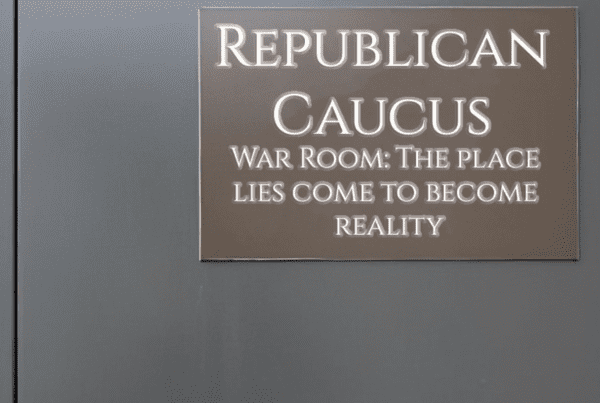“We are losing the dark of night by the speed of light.” Losing the Dark
The International Dark-Sky Association (IDA)
I chose light pollution as my cause célèbre 12 years ago after visiting Carmel, CA, which at the time had no streetlights, and then attending a weekend sustainability conference in Southampton run by Darr Reilly. Among all the other environmental challenges, light pollution seemed to have achievable remedies.
Rather coincidentally, within months of my epiphany, the Town of Southampton adopted an outdoor lighting code thanks to the efforts of local community groups, dark sky advocates Gail Clyma, Susan Harder, and Nancy Graboski, the then Town Councilwoman. The Town appointed a Dark Skies Advisory Committee (DSAC) in 2010, of which I now co-chair with Olivia Motch, to educate the public and to update the Town code as necessary. Town Councilwoman Julie Lofstad has been the dedicated liaison to the current DSAC and County Legislator Bridget Fleming had been our liaison when she was on the Town Council. Town Trustees Anne Welker and Bill Pell share our concerns for preserving the night sky across our waterways.
So, what is light pollution? Simply put, light pollution is the inappropriate or excessive use of artificial light which can have serious environmental consequences for humans, wildlife, and our climate.
Glare
Light shining directly into your eyes causes discomfort and reduces your ability to see. Glare is hazardous to drivers, pedestrians, boaters.
Light trespass
Light that spills beyond property lines can interfere with sleep and infringe on neighbors’ rights to enjoy their property.
Disrupted ecosystems
All earth’s creatures have evolved over thousands of years by adapting in a world that has been dark at night. Loss of true darkness can disrupt foraging, feeding, and mating habits, often with disastrous results, and can weaken trees by altering growth cycles.
Wasted energy
Lighting that is unnecessary or excessive causes air pollution, squanders irreplaceable natural resources, and increases costs to homeowners, businesses, and governments.
Skyglow
…is obliterating the view of stars. As the night sky brightens, we lose more and more of the shimmering stars that have been a source of inspiration and information to diverse cultures across the ages—and a treasured hallmark of Southampton’s rural character.
(Town of Southampton Dark Skies Advisory Committee brochure, https://www.southamptontownny.gov/444/Dark-Skies-Committee)
Of all the light pollution issues, light trespass by neighbors can prove to be the most personal one. Do you have a neighbor who is only there on weekends but leaves the spotlights on all week to shine in your bedroom window? The IDA’s practical actions include a sample letter that can be sent to a neighbor. Their advice to keep it friendly is the best advice of all (and often the most difficult)!
In David Owens’ 2007 New Yorker article The Dark Side–Making War on Light Pollution, he writes of the Bortle Dark-Sky Scale of 1-9, from dark to light. New York City is Class 9 and even the darkest places are Class 2. “For someone standing on the North Rim of the Grand Canyon on a moonless night, the brightest feature of the sky is not the Milky Way but the glow of Las Vegas, a hundred and seventy-five miles away.”
While light pollution may not rank as high as climate change as an environmental concern, its impact on the ecosystem and the human spirit deserves our attention. We’ve all read what light does to hatchling sea turtles and migrating birds, but the effect on nocturnal pollinating insects gets overlooked. Flowers lit artificially are not pollinated as frequently–moths headed to collect the flowers’ nectar are attracted to the light where hungry bats await them. Nature
What can you do? Inspect your own outdoor lighting. Install dimmers, replace offending fixtures or shield them, install motion detectors, avoid high Kelvin blue-white lights, turn off all outdoor lights when not in use. The fixtures–usually four–at the end of the circular driveway should be shielded, dimmed, or replaced with very low wattage bulbs. Replace the solar lights that stay on all night with motion-sensored lights.
“In the end, humans are no less trapped by light pollution than the frogs in a pond near a brightly lit highway. Living in a glare of our own making, we have cut ourselves off from our evolutionary and cultural patrimony—the light of the stars and the rhythms of day and night. In a very real sense, light pollution causes us to lose sight of our true place in the universe, to forget the scale of our being, which is best measured against the dimensions of a deep night with the Milky Way—the edge of our galaxy—arching overhead.” Our Vanishing Night, by Verlyn Klinkenborg
Photography: nationalgeographic.org





